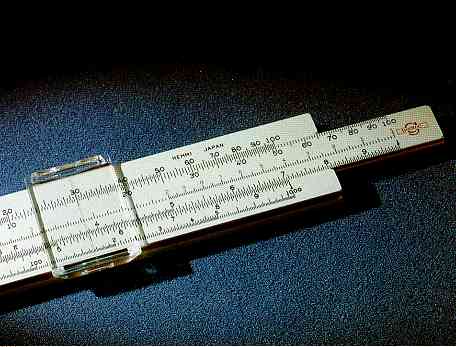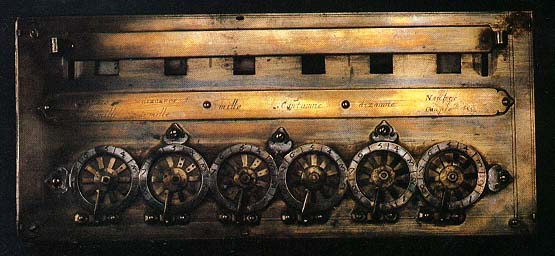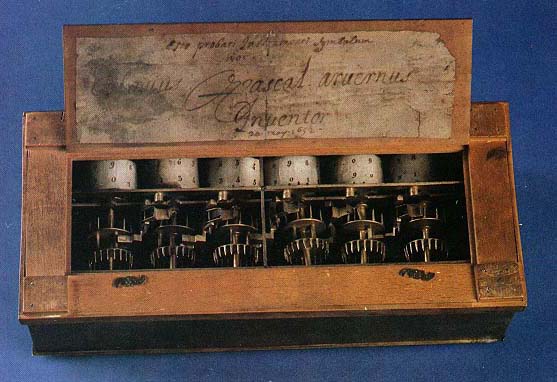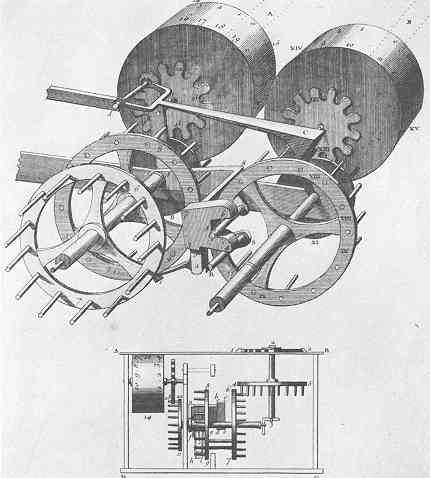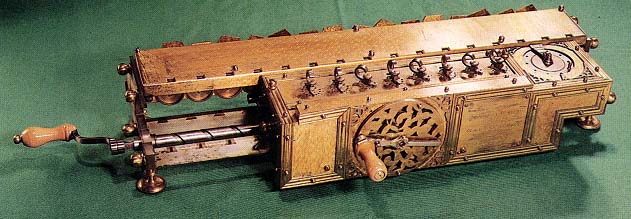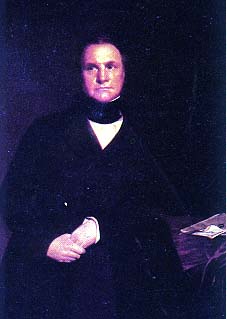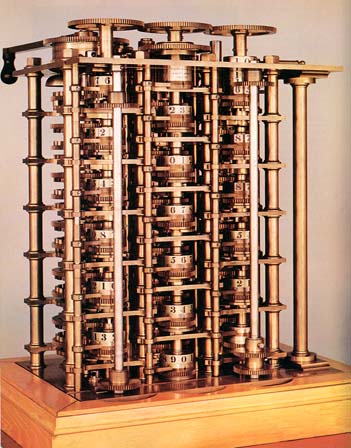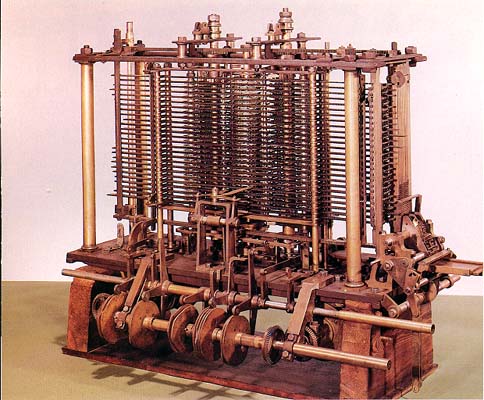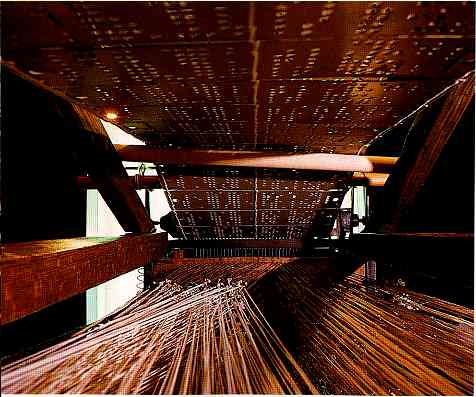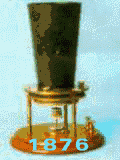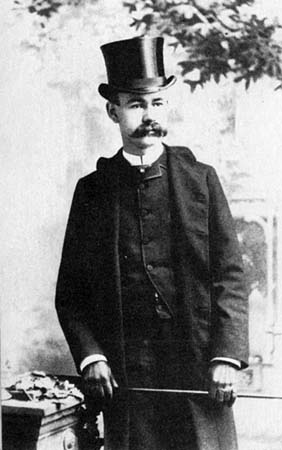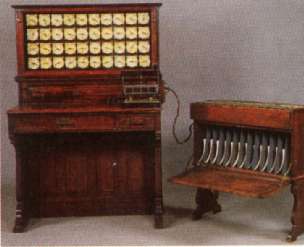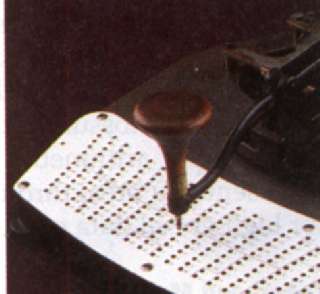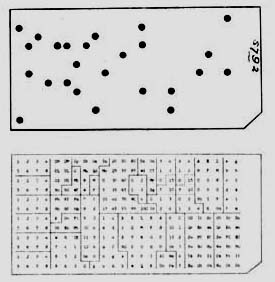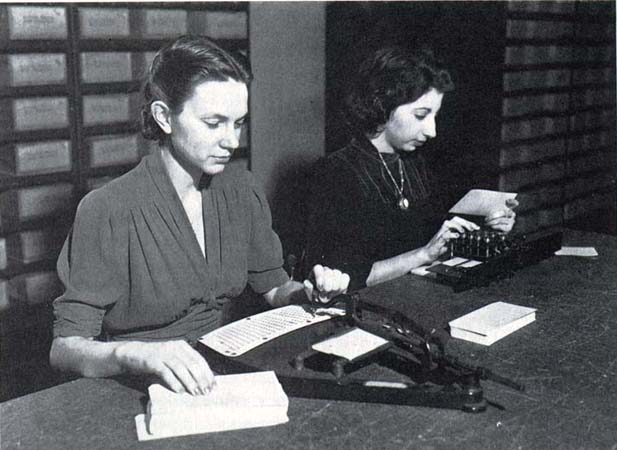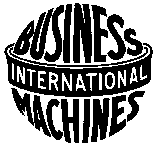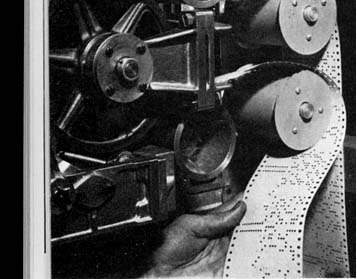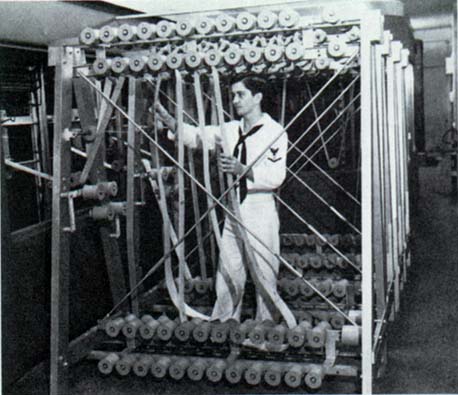- First humans communicated only through speaking and simple drawings
known as petroglyths (signs or simple figures carved in rock).
Many of these are pictographs -- pictures or sketches that visually resemble that which is depicted.
E.g., cave painting from Lascaux, France, c. 15,000-10,000 BC
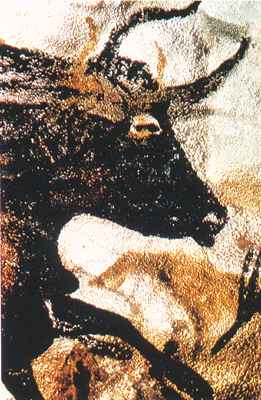
E.g., prehistoric petroglythic imagery from Western U.S.:
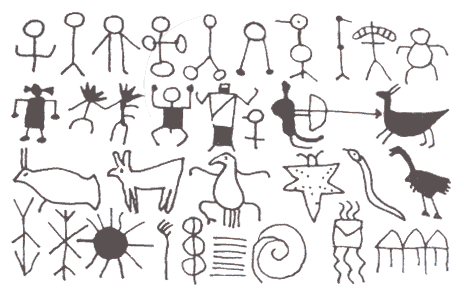
Geometric signs (dots, squares, etc.) with no apparent depicted object = ideographs
( symbols to represent ideas or concepts.) - First development of signs corresponding to spoken sounds, instead of
pictures, to express words.
- Starting in c. 3100 B.C., the Sumerians in Mesopotamia (southern
Iraq) devised cuneiform -- the first true written language
and the first real information system.
- Pronounced "coo-nay-eh-form"
-
Cuneiform's evolution:
Early pictographic tablet (3100 B.C.).
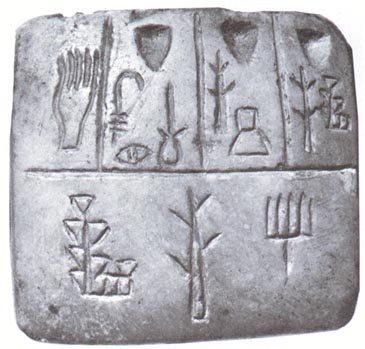
Pictographs were turned on their sides (2800 B.C.) and then developed into actual cuneiform symbols (2500 B.C.) -- as this clay tablet illustrates.
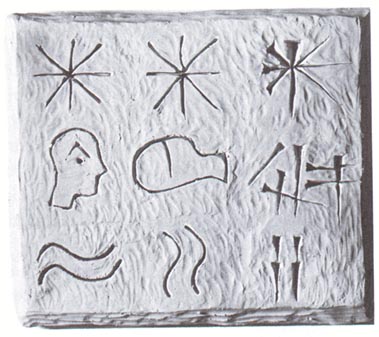
Pictographs for star (which also meant heaven or god), head, and water (on the left) were turned on their side (in the middle), and eventually became cuneiform symbols (on right).
A cuneiform table (c. 2100 B.C.) listing expenditures of grain and animals.
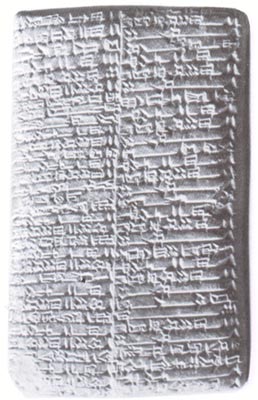
- From this first civilization as we know it today.
- Starting in c. 3100 B.C., the Sumerians in Mesopotamia (southern
Iraq) devised cuneiform -- the first true written language
and the first real information system.
- Around 2000 B.C., Phoenicians created symbols that expressed single syllables and consonants (the first true alphabet).
- The Greeks later adopted the Phoenician alphabet and added vowels;
the Romans gave the letters Latin names to create the alphabet we use
today.
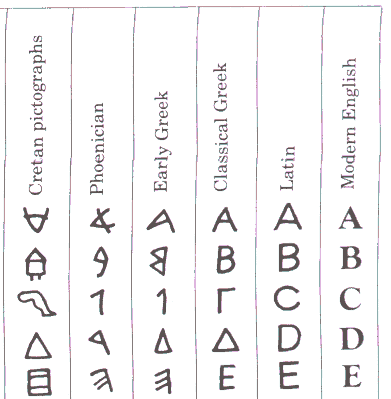
- Sumerians' input technology was a stylus that could scratch marks in wet clay.
- About 2600 B.C., the Egyptians wrote on the papyrus plant
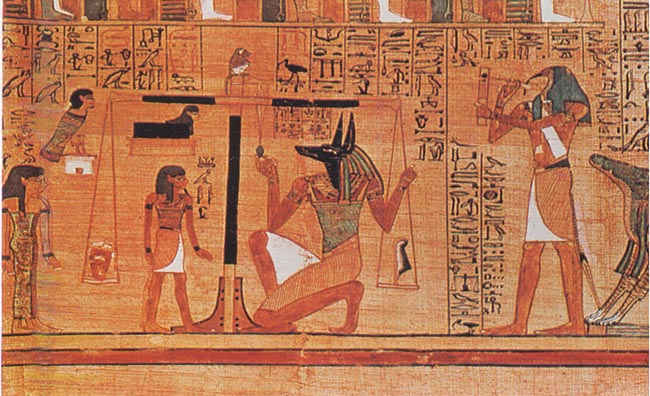
- Around 100 A.D., the Chinese made paper from rags, on which modern-day papermaking is based,
- Religious leaders in Mesopotamia kept the earliest "books"
- The Egyptians kept scrolls.
- Around 600 B.C., the Greeks began to fold sheets of papyrus vertically into leaves and bind them together.
- Egyptian system:
- The numbers 1-9 as vertical lines, the number 10 as a U or circle, the number 100 as a coiled rope, and the number 1,000 as a lotus blossom.
- The first numbering systems similar to those in use today were invented between 100 and 200 A.D. by Hindus in India who created a nine-digit numbering system.
- Around 875 A.D., the concept of zero was developed.
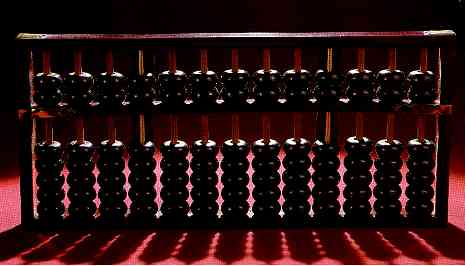
One of the very first information processors.
